A year ago I decided I had come to the end of my time as a film only photographer, it had been a wonderful time full of film discoveries, I must have tried out over 40 different stocks, some excellent, some not so. One problem was the prices of Kodak stocks which is now too high for me to want to use them, my favourite colour film Portra 400 being around £18 a roll plus processing! Ilford and others b/w film prices are fine. My processing has always had to be lab based, which was another problem, finding a consistently good lab. I’ve had films processed in exhausted dev (chemical fogging), films covered in dirt, processed for the wrong time, excessively contrasty. So I went digital. But of course…
…I missed film and wanted to be able to do occasional b/w film photography. I’ve recently found a nice 1938 Leica IIIa to play with and a 1949 Summitar 50mm f2 with the 10 blade aperture. I’ve also downloaded an instruction book, essential with these elderly models and made a film cutting template for the IIIa’s film. The film leader must be cut to the right shape otherwise dire happenings can occur when you wind on. The Leica 111 is a small camera with a tiny viewfinder, a bit of a struggle if you wear specs so I found a mint SBOOI 5cm external viewfinder. The SBOOI is so bright you hardly notice your looking through and the frame line is very obvious, in fact you can leave both eyes open when shooting.
The problem with Leica III cameras and lenses from the 1930’s onward is that most of the ones for sale are knackered, understandably, the bodies have hazy finders and dodgy shutter speeds and the lenses are hazy, internally dusty with sticky apertures/focus and fungus. I thought I would have to buy a knacker and have it serviced, but I got lucky. My IIIa has had the official factory flash conversion in the 50’s and seems to have had a CLA fairly recently, the finders are bright and clear, speeds seem accurate also the vulcanite was renewed, altogether a lovely example. The Summitar lens optics are in clean clear condition with no haze, dirt or fungus, the focus was sticky as expected, but it was a simple job to clean off the old grease and replace with new. (There is a camera technician on eBay who sells small pots of the correct grease.)
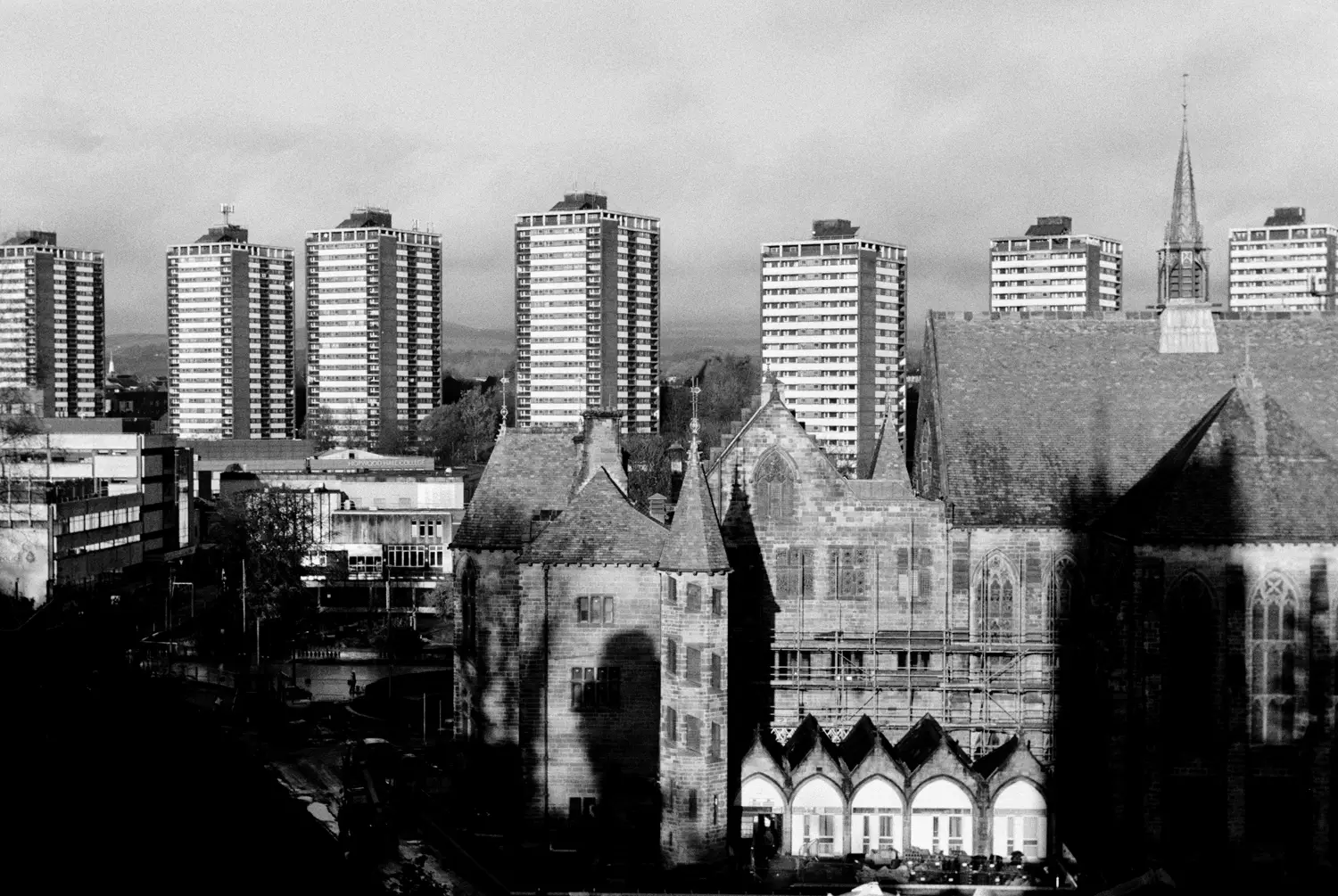
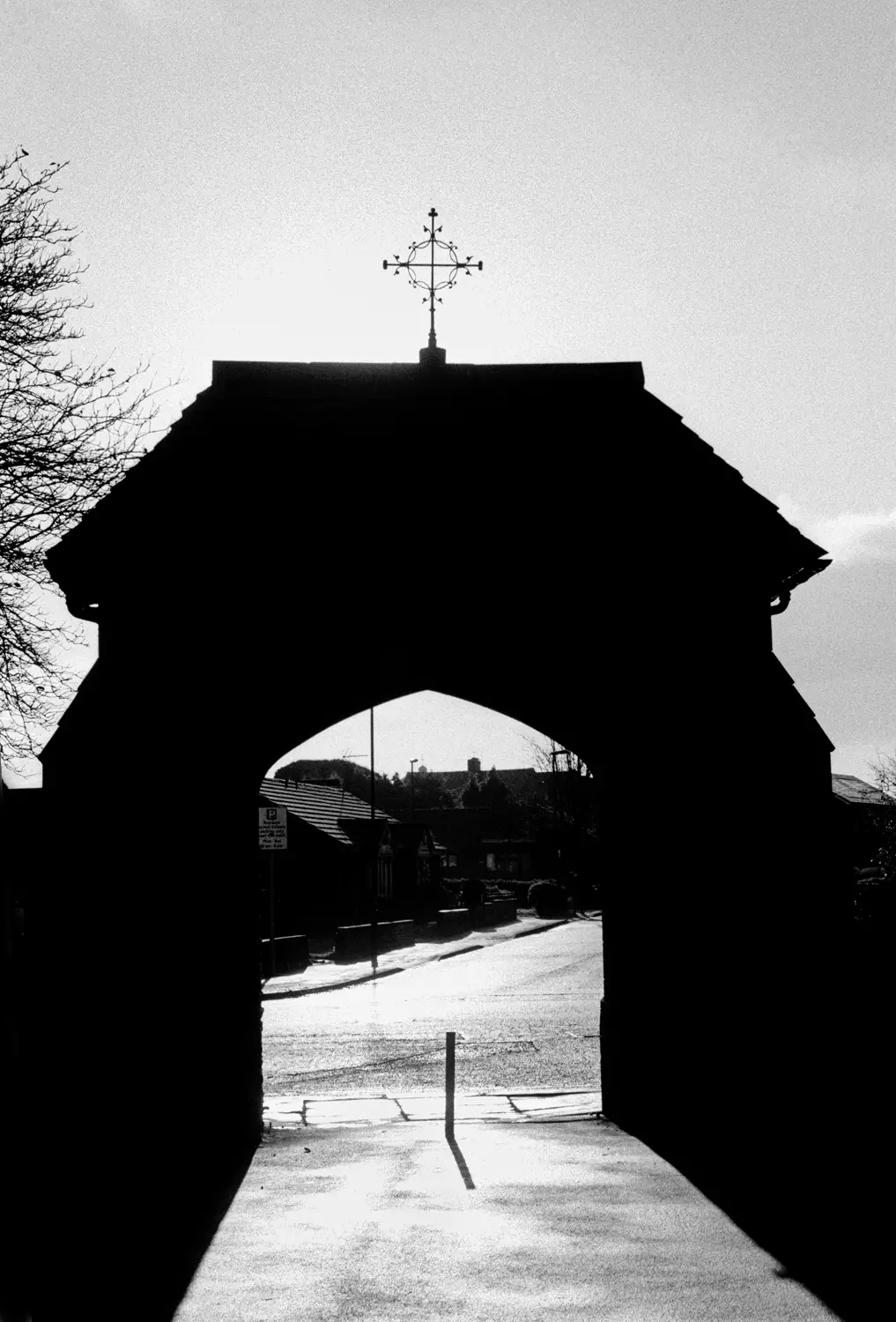
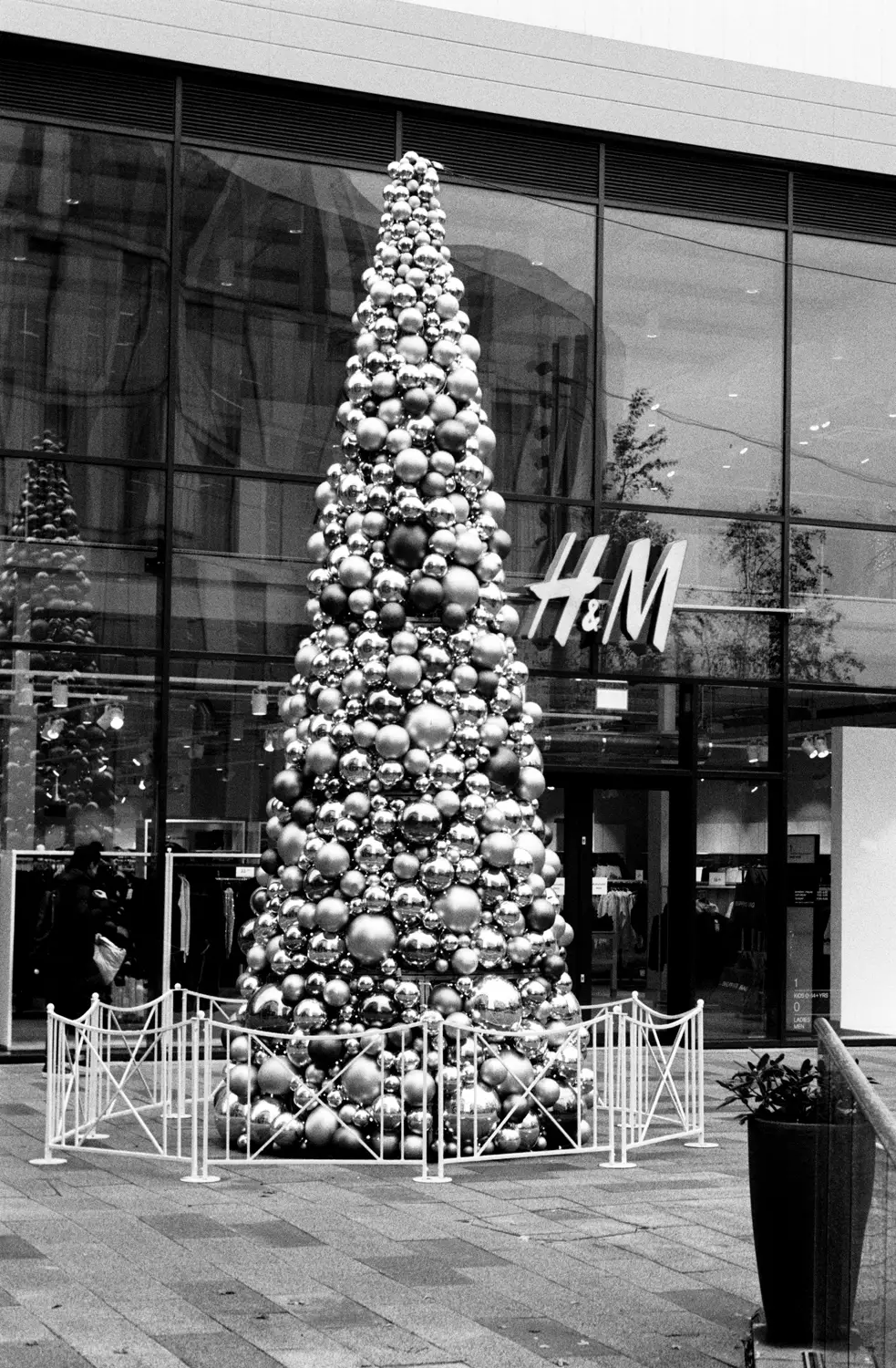
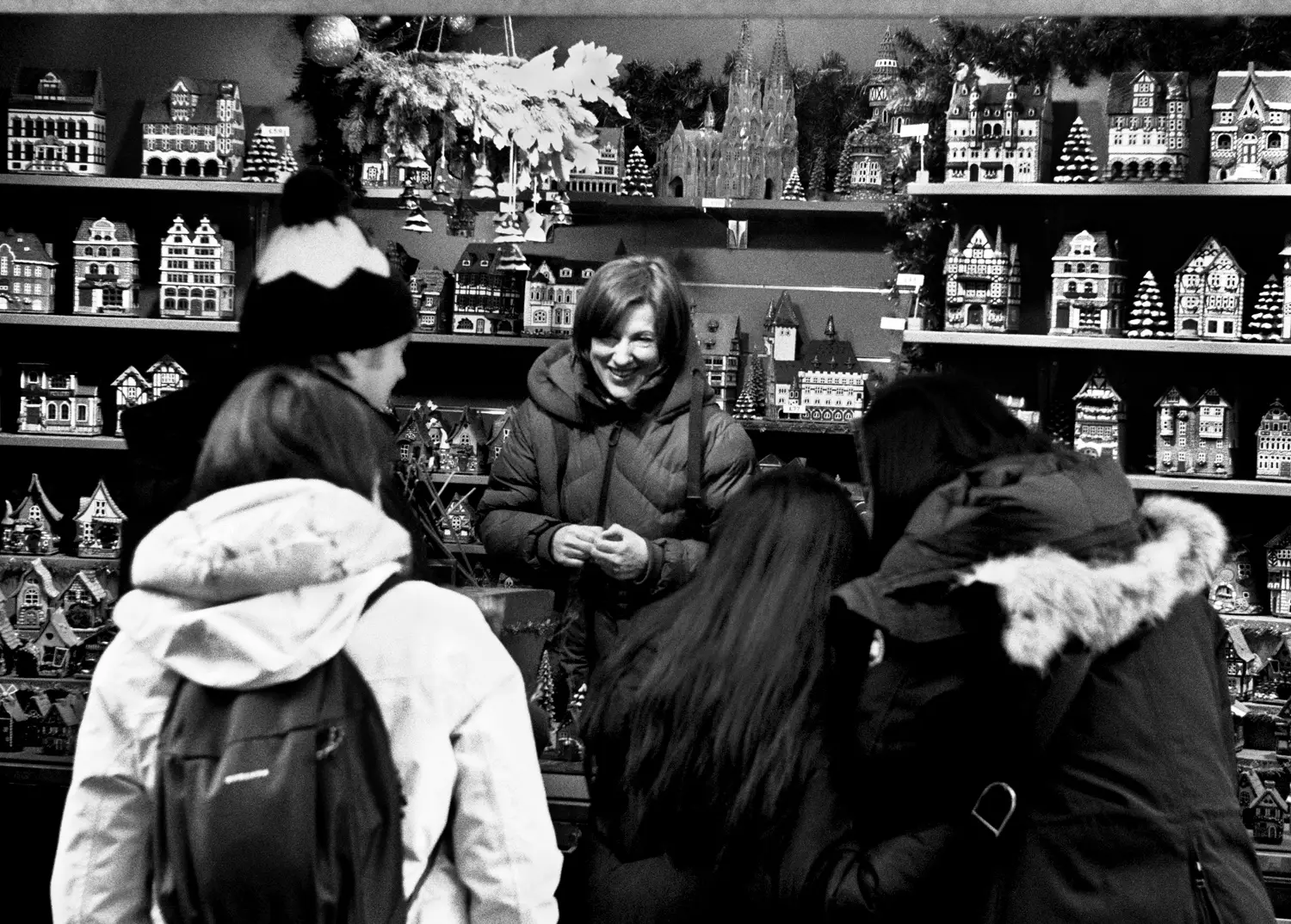
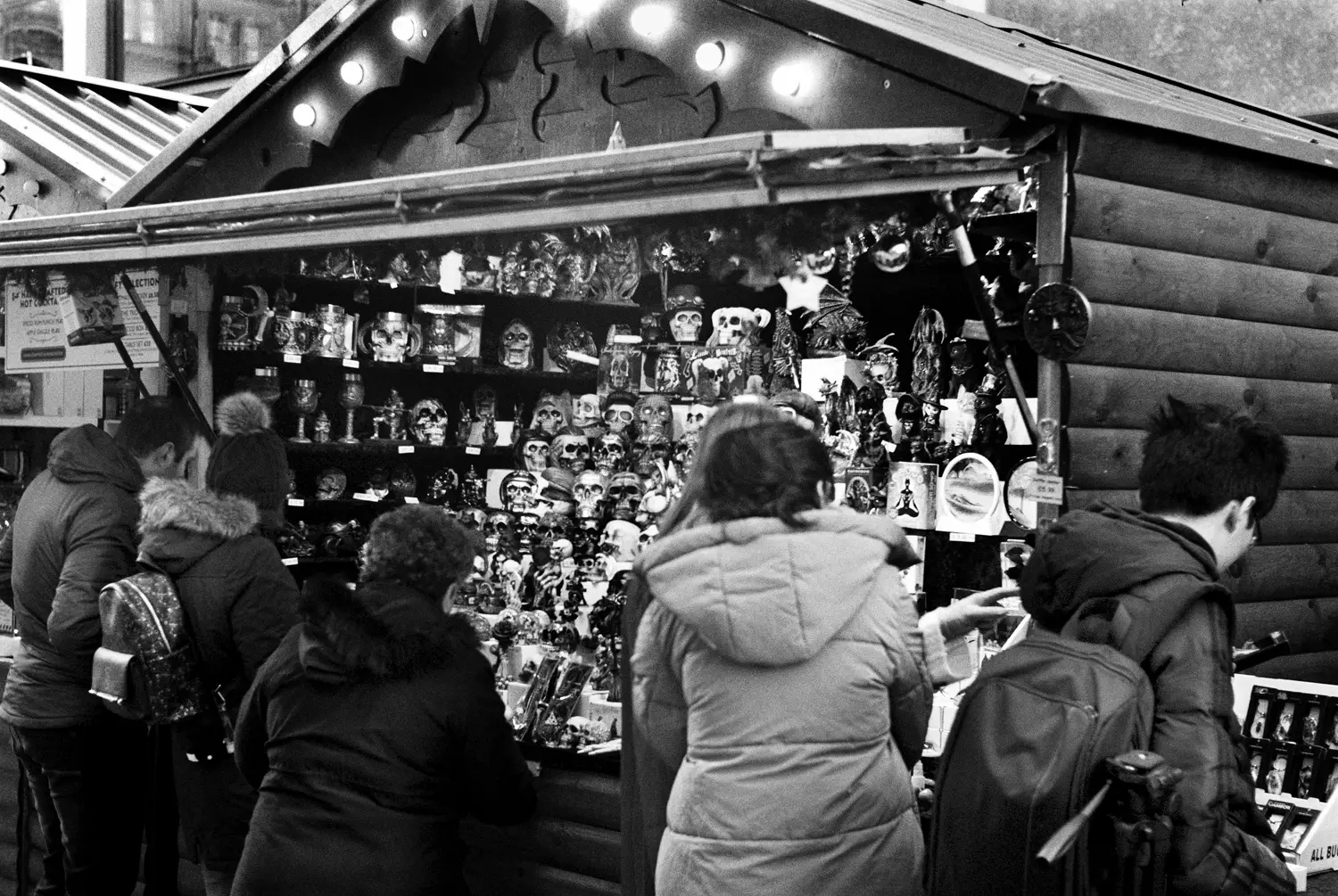
I used my last roll of T-Max 400 shooting in a variety of lighting conditions from bright contrasty sun to dull overcast and poor lighting in a Christmas market to check out the camera body and lens. The film was lab processed in Ilfotec DD which has made the film contrastier and grainier than I would have liked, I’ve managed to pull the contrast back in post processing. Looking at the negatives the IIIa’s shutter speeds seem accurate, nice exposures, The Summitar lens is very acceptably sharp from f2.8, the edges from f8 and nicely flare resistant. These lovely old cameras are pretty much the only way into cheapish Leica photography these days. Fortunately there are loads of technicians around to service the bodies and lenses.
All the best
Phil
Share this post:
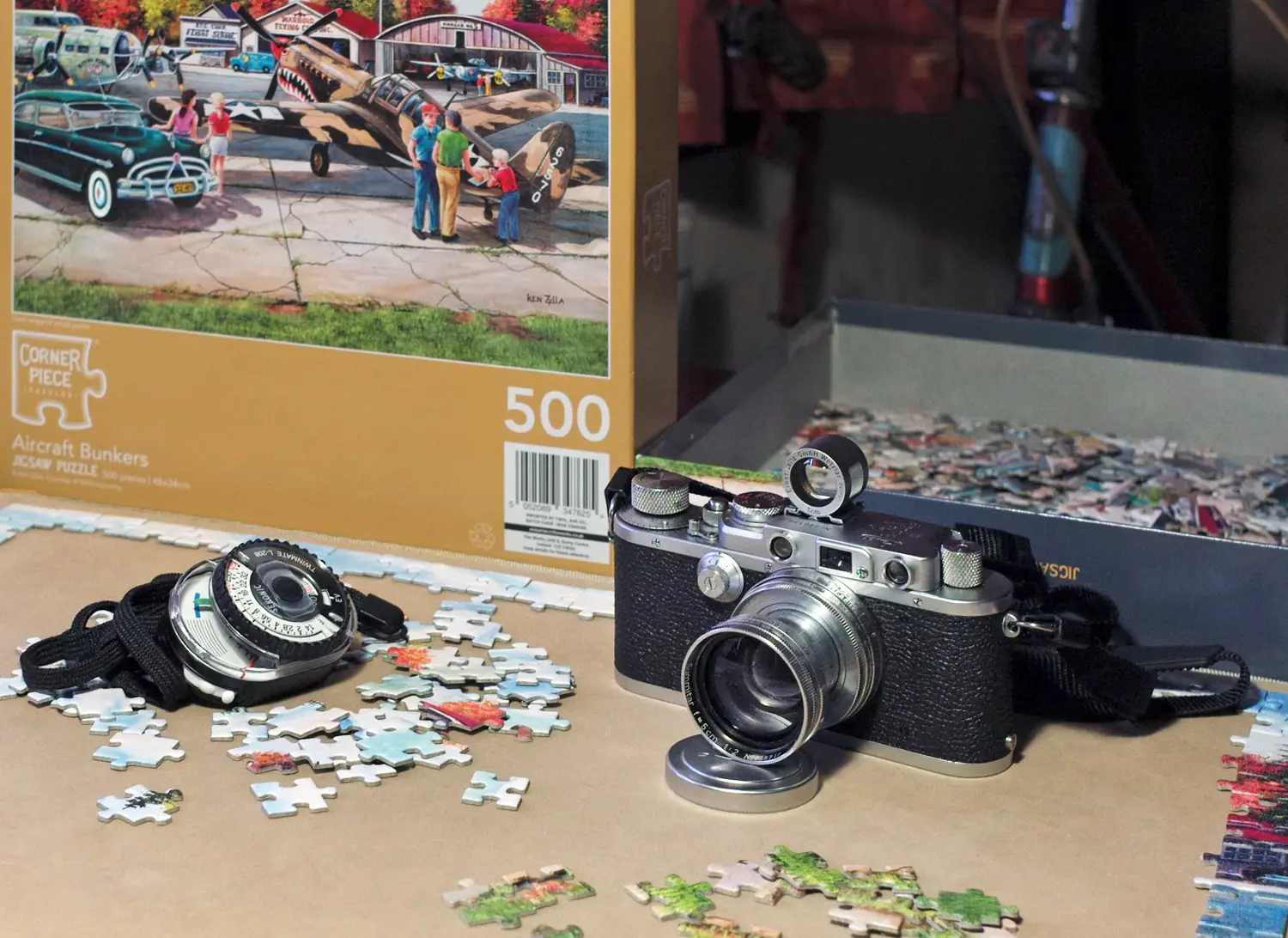
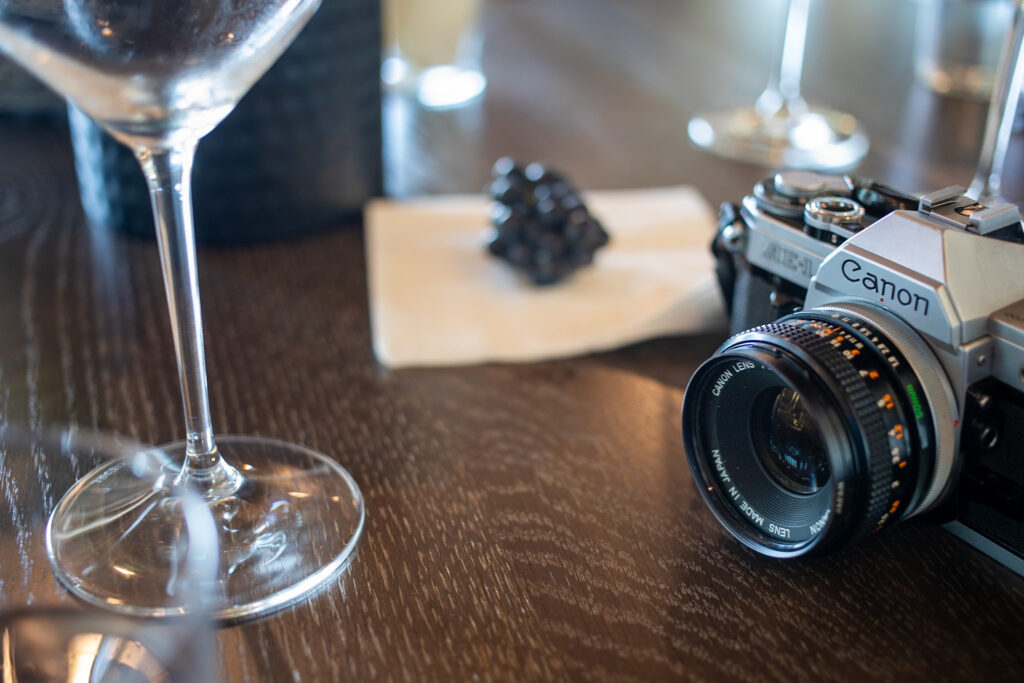
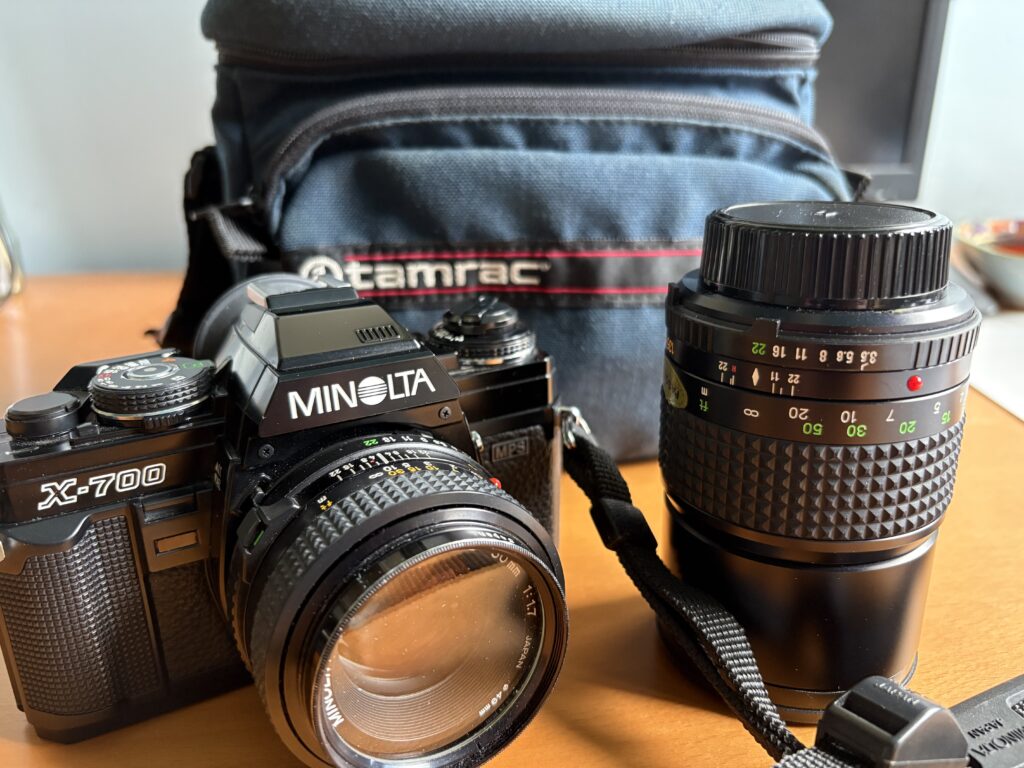
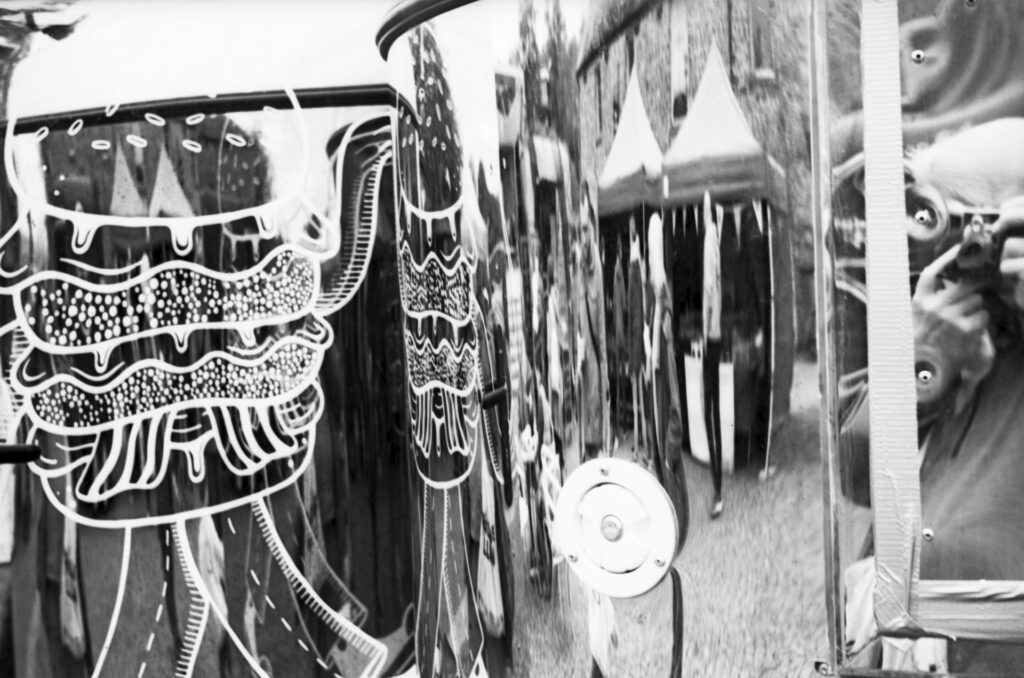
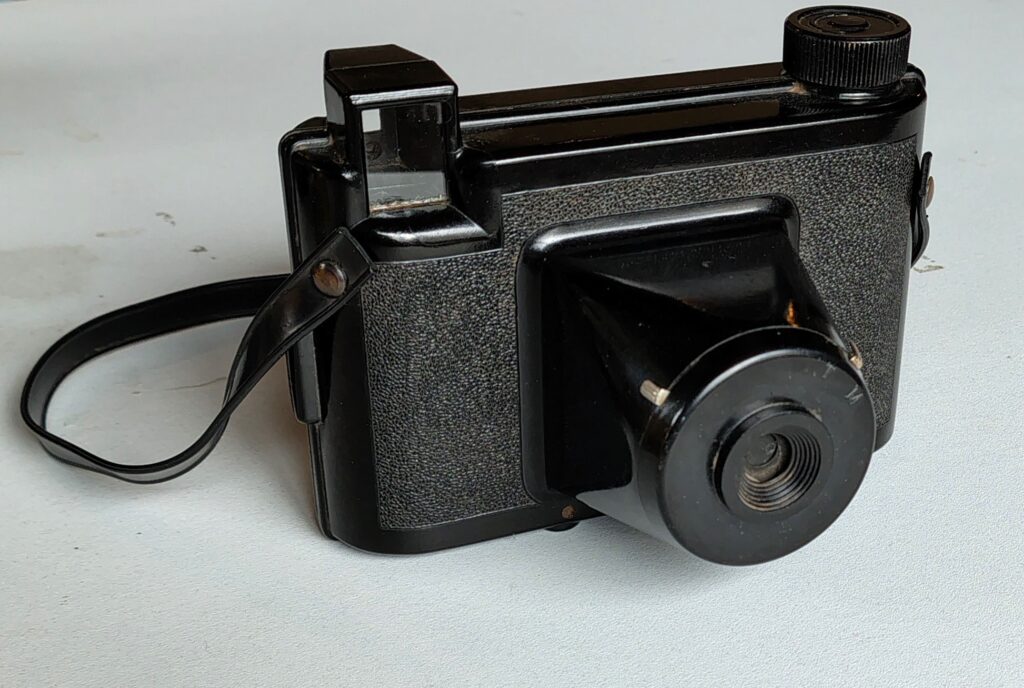




Comments
Eric on 5 Frames with a Leica 111a
Comment posted: 28/01/2024
Great article and images. Makes me want to get out there with a rangefinder today. Thank you for sharing.
Eric
Comment posted: 28/01/2024
Carlos on 5 Frames with a Leica 111a
Comment posted: 28/01/2024
The world doesn‘t need more of the 3000photos or more per holiday, of video spam of your holidays to the world on all channels.
Life gets more expensive everywhere.
Thus analog film even though it became more expensive than in the discount days of the past still makes sense. Once your photography is well catered and not a P&S experience (that your phone can do perfectly) it‘s worth sticking to it creating unique results, that no algorithm can, at best simulate, but simulations aren‘t the real thing. I run both and I do not even think about trying to make digital photography look like film photography, neither do I scan film. To me these are distinctively separate things and cannot replace each other, at all.
Comment posted: 28/01/2024
Gary Smith on 5 Frames with a Leica 111a
Comment posted: 28/01/2024
Comment posted: 28/01/2024
Daniel Castelli on 5 Frames with a Leica 111a
Comment posted: 30/01/2024
In May of 2023, I stumbled across a gorgeous IIIG at an antique shop. Fitted with a 50mm Leica lens. Boy was I tempted. A ‘take no prisoners’ battle in my head was fought. In the end, I passed. 70+ year old eyes, continuing recovery from serious back surgery, etc. just seemed too much. I didn’t have the energy to learn the quirks of the SM Leica. Now I’m in much better shape, and I regret not buying it. They just look like so much fun to use. BTW, I’m really having a hard time reading about the high cost of color & b&w film stock. Here in the US a 36 exp. of HP-5 @ B&H Photo is now $10.00. I tooled up to bulk load HP-5. I’ve always home processed my film, so I’m hoping to save some money on film by going that route.
Comment posted: 30/01/2024
Comment posted: 30/01/2024
Comment posted: 30/01/2024
Geoff Chaplin on 5 Frames with a Leica 111a
Comment posted: 30/01/2024
Good post and images, thanks Phil!
Comment posted: 30/01/2024